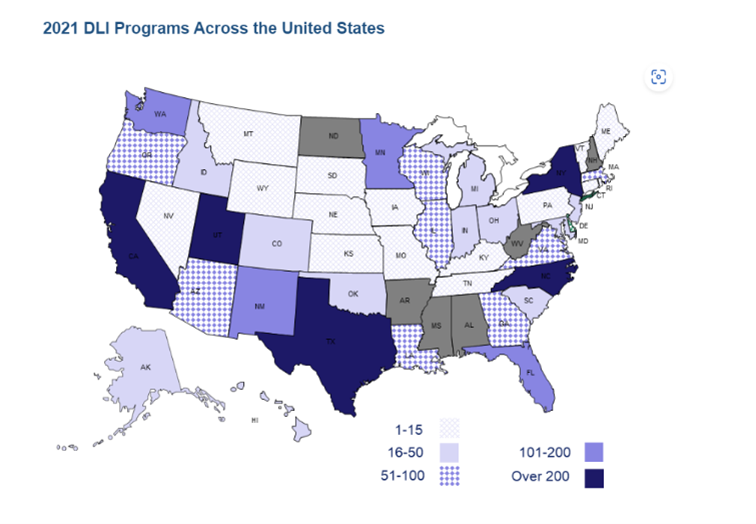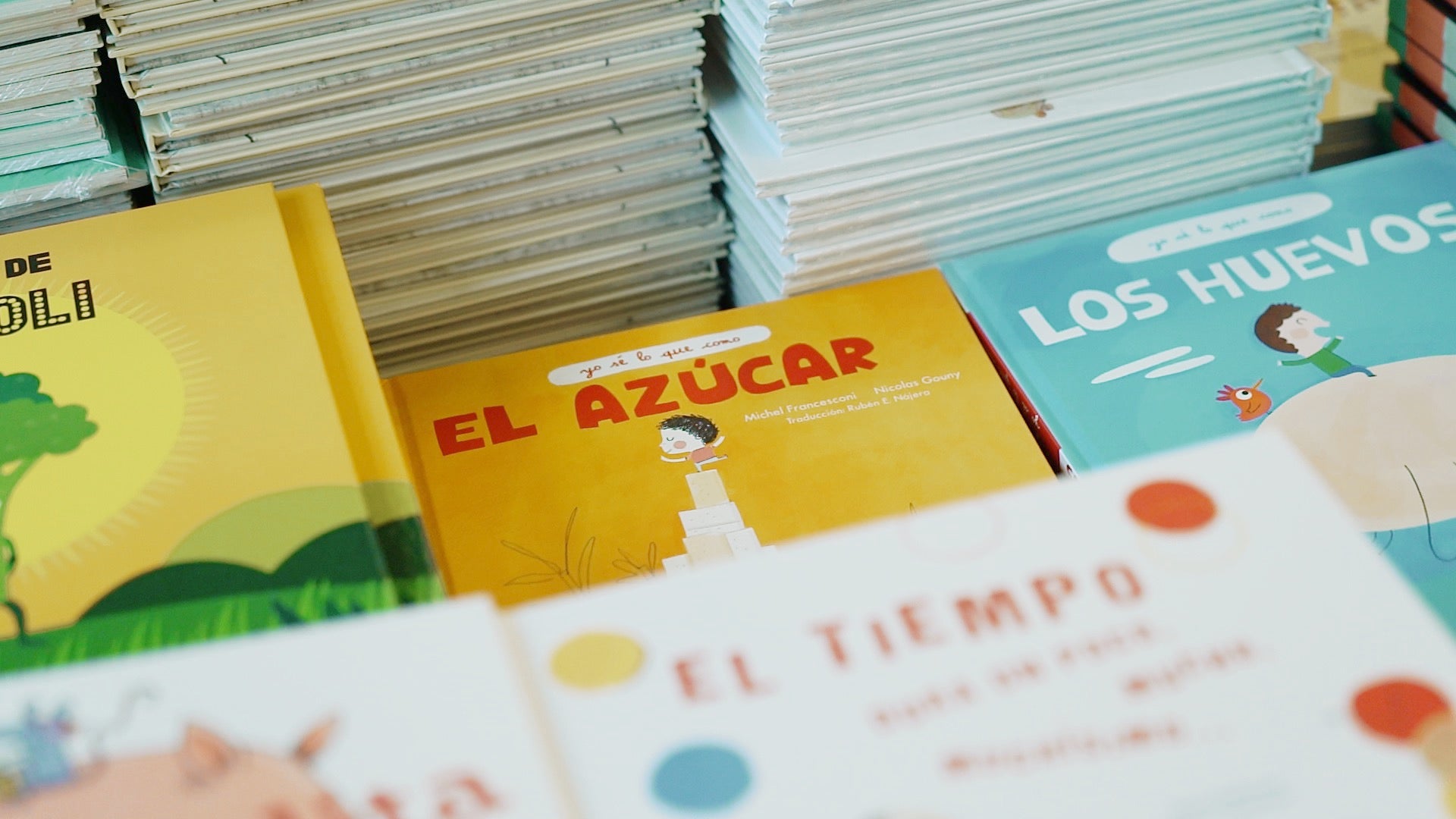
¿Por qué la educación bilingüe?
The benefits of bilingual education for young students
Being exposed to two languages at a young age has profound benefits. Children
who learn two languages often have the upper hand academically, not
only in reading, but in math and science, too.
Plus, biliteracy in childhood improves soft skills like:
- Memory
- Problem-solving
- Focus
- Ability to learn additional languages
- Capacity to effectively understand and engage with other cultures (socio-cultural awareness and competency)
Adding bilingual learning through Spanish texts can help students achieve some of these benefits, whether they are in an immersion program or not.

Bilingual Education in America
These bilingual benefits are showcased in dual-language immersion school programs,
which are becoming more common in the U.S.
Dual-language programs teach their curriculum in two languages to help students become fluent in both their native language and the second language. These programs usually begin in kindergarten because we can acquire and retain a new language best during the toddler and elementary age ranges.
Between 2010 and 2021, the number of these programs in public schools jumped from 1,000 to more than 3,600!
Image Source:
About 80% of dual language immersion programs teach English and Spanish.

The Spanish-speaking student population is growing
One in every four school-aged children in the U.S. are
Hispanic, and this number is growing in every state. And it’s no surprise, since Hispanics are the second largest racial/ethnic group in the U.S. (18% of the population).
Soon, the U.S. is may have the largest Spanish-speaking population in the world—an estimated 138 million Spanish speakers by 2050.

Spanish Texts from Lulo Libros
Spanish texts and texts by Latinx creators are becoming more visible on the global market. In 2022, one study suggests that 11% of books in the U.S. market were written, illustrated, or compiled by at least one Latinx creator. Lulo Libros sources authentic titles from publishers in Mexico, Chile, Spain, Argentina, and Columbia, with transadapted titles from China and Russia, to favorites from U.S.-based publishers, and beyond! Whether translated to or from Spanish or bilingual, we can help guide you to select texts to serve the bilingual learning needs of your classroom.
Sources
- The Growth of Hispanic Students and English Learners Nationwide—in Charts (edweek.org)
- Latino student population in the US is booming. Are schools prepared? (usatoday.com)
- U.S. sees explosion of dual-language programs (axios.com)
- Read Why Bilingual Education Is Important (tamiu.edu)
- 4 Benefits of Dual-Language Immersion Programs (usnews.com)
- ARC Completes National Canvass of Dual Language Immersion Programs in U.S. Public Schools | American Councils
- CCBC Releases Statistics Regarding Diversity in Children's Literature Published in 2022 (publishersweekly.com)
- Why US citizens should embrace Spanish (Mulitlingual.com).
- The Chance That Two People Chosen at Random Are of Different Race or Ethnicity Groups Has Increased Since 2010 (U.S. Census)
